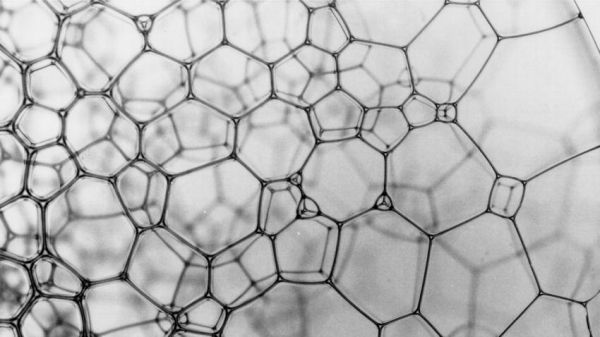How do the communities of microbes living in our gastrointestinal systems affect our health? Carnegie’s Will Ludington was part of a team that helped answer this question.
For nearly a century, evolutionary biologists have probed how genes encode an individual’s chances for success—or fitness—in a specific environment.
In order to reveal a potential evolutionary trajectory biologists measure the interactions between genes to see which combinations are most fit. An organism that is evolving should take the most fit path. This concept is called a fitness landscape, and various mathematical techniques have been developed to describe it.
Like the genes in a genome, microorganisms in the gut microbiome interact, yet there isn’t a widely accepted mathematical framework to map the patterns of these interactions. Existing frameworks for genes focus on local information about interactions but do not put together a global picture.
“If we understand the interactions, we can make predictions about how these really complex systems will work in different scenarios. But there is a lot of complexity in the interaction networks due to the large number of genes or species. These add dimensions to the problem and make it tricky to solve,” said Ludington.
Read more at: Carnegie Institution for Science
The microbiome is complex due to many interacting species. Ludington and his team sought to deconstruct this complexity by calculating the geometric structure of the interactions. Their method measures interactions in high dimensional space, considering each species to have its own dimension. One analogy for understanding the mathematical structure is to think of it as foam being simplified into a single bubble by progressively merging adjacent bubbles. (Photo Credit: William Ludington)


